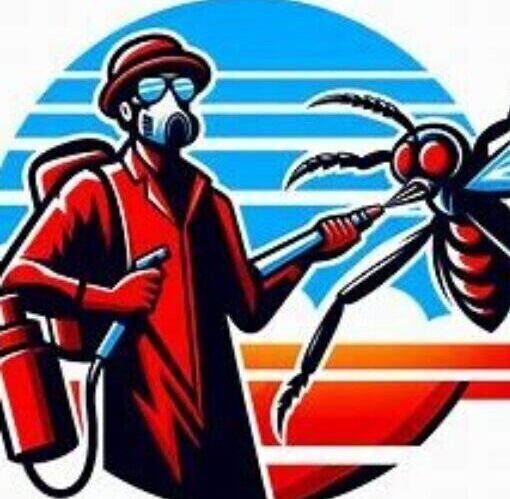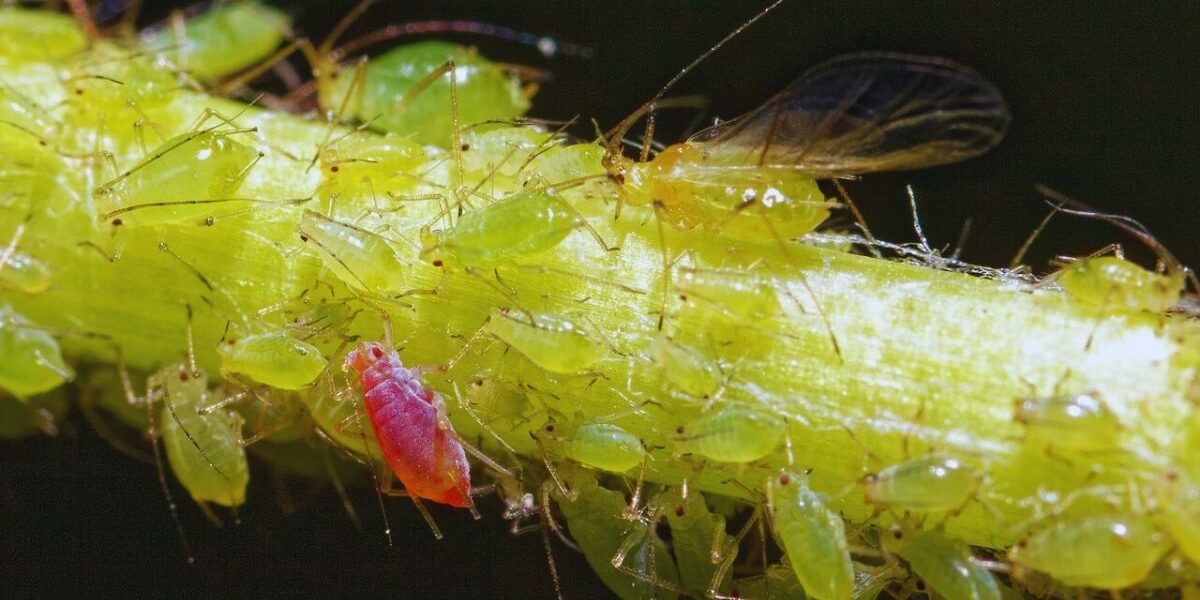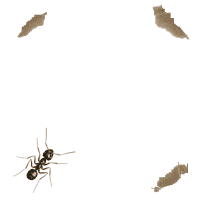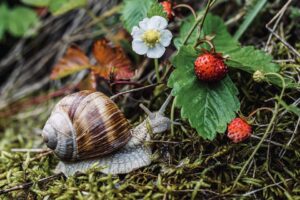Tips to Identify and Control Garden Insect Pests
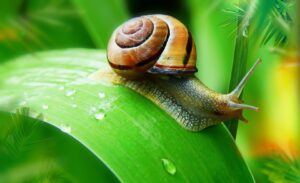
Creating and maintaining a garden has so many benefits, your garden oasis that brings much beauty to your home and landscapes is also a mini ecosystem for wildlife, pollinators, beneficial insects, and soil microbes. Thousands of plant species are available offering us the opportunity to allow our imagination to run wild as we create our dream gardens, some of the many garden types include.
Formal and informal gardens, English gardens, French gardens, Chinese gardens, Dutch gardens, Spanish gardens, Roman gardens, Paradise gardens, Herb gardens, Container gardens, Interior gardens, Balcony gardens, French landscape gardens, French formal gardens, Vegetable gardens, Rock gardens, Woodland gardens, Specialty gardens, Water gardens, etc…
These are just a few of the many garden types that are being enjoyed by homeowners, but as much as we enjoy these gardens that bring great change to our environment along with having a positive impact on our mental state we must also contend with those uninvited guests that can turn our dream garden into a nightmare. These uninvited guests are known as the bad bugs which are garden insect pests.
There are a number of these pests in fact there are reported to be 52 or there-about garden insect pest species and while these numbers may not seem to be high when compared to their numbers when multiplied is astounding.
Because these pests multiply so rapidly if left unchecked can grow into the hundreds which can do much destruction, some of the more popular or common garden pests that invade indoor as well as outdoor gardens are scales, whiteflies, mealybugs, thrips, spider mites, aphids, caterpillars, grasshoppers, slugs and snails and ants. Other insects can be added but these are the most common.
Identifying Garden Pests Damage
Garden pests are not only identified by their presence but their feed patterns, there are 5 ways garden pests feed which are galling, piercing and then sucking, boring, chewing, and mining.
For example:
- Chewing insects do just that they consume parts or the entire leaf among some of these insects are snails, slugs, and grasshoppers
- Sucking insects will pierce the plant’s tissues and extract the plant’s fluids among these sucking insects are mealy bugs, aphids, scales, whiteflies, etc.. some sucking insects such as thrips have been known to spread disease. Signs of sucking insects are plants that are heavily infested begin to yellow, wilt, become deformed, and stunted. Flower bud drop is another sign even mature flowers may refuse to open.
- Insects that are in the boring group spend part of their adult or larval stage feeding inside the branches and roots or tunneling beneath the bark or into the heartwood of many shrubs and trees causing internal damage. Among some of these boring insects are Beetles, wood wasps, longhorn beetles, bark borers, powder post beetles, wood boring weevils, etc.. signs that these beetles are present are holes created in the bark of trees, leaving behind sap or sawdust, trees, and shrubs also shows signs of leaf discoloration and branch dieback.
- Insects that mine do damage by residing within and feeding on the internal tissues of living plants, symptoms or the presence of these insects are pale blotches and tunnels on the plant’s leaves, in the case of heavy infestation, the leaves turn brown and fall from the plant. Some species of mining insect pests include Neeedleminers, Europen elm flea weevils, Elm leafminers, Sawfly leafminers, etc…
- There are galling insects, in this group of insects pests are gall wasps, gall midges, leafminer flies, psyllids, scales, gall mites, etc.. these insects feed by sucking the plant’s sap, as they feed this insect pest secrete chemicals into the plant that affects the parenchyma cells causing the plant to produce galls. Other symptoms include swollen growing tips, twisted stems, multiple heads, crumpled leaves
Best Management Practice
The best management practices will help to maintain a beautiful garden that’s thriving, these practices once carried out on a daily or weekly basis depending on your garden type will yield great results. But what are some of these practices that will encourage a healthy garden?
Water Management
Make sure that you know your plant’s watering needs and are giving them the right amount of water, a lack of water will lead to a plant’s decline as well as overwatering.
Fertilizing Methods
While it’s true that many species of garden plants can thrive without fertilization it’s a good idea to give your plant a boost, fertilizers are the ABCs or the building blocks to encourage proper growth. There are many fertilizer brands and types on the market, Be cautious before fertilizer application read and follow the manufacturer’s directions for the best results. For edible plants, I prefer to use organic rather than synthetic or man-made fertilizers.
Keep your Plants Properly Groomed
This is so important and should not be ignored, garden plants should be trimmed to control their growth rate and the direction in which they grow. However, caution should be taken when pruning because what you don’t want is to prune too heavily, pruning at the wrong time of the year, or insufficient pruning. Pruning will also help a plant to produce more flowers, leaves, and fruits so before you attempt to prune know why first.
Garden Pests Control
Garden insect pests can cause much damage if they are not brought under control, once the pest has been properly identified, it’s a matter of choosing the right pesticides, some pesticides are not organic but are very effective in reducing insect pests population and then some are organic. For edible groups, I recommend the use of organic pesticides which are safer. Before using any type of pesticide read and follow the manufacturer’s directions for the best results. Also, avoid pesticide application if rain is forecast or right after it rains because pesticides will get washed away or washed off.
Weed Management
I don’t know if you are like me when it comes to weed removal but I hate it but the job must be done because if weeds are left to grow will take over a garden area. Weeds will also compete with garden plants for sunlight, water, and nutrients. Weeds have also been known to carry certain diseases and a harborage or hiding place for garden insect pests. Whether hand-weeding or the use of herbicides use what methods work best for you but be very careful when using herbicides because they are poisonous. Herbicides should not be used near edible crops, garden flower beds, and other garden plants.
Never apply herbicides in windy conditions that can drift to plants nearby, when rain is forecast or just after it rains, hand weeding may be tedious but it is a safer approach to avoid contamination especially when growing food crops. To make the removal of weeds is easy, remove weeds when they are young or at the immature stage, and weed early in the morning before the sun rises or in the evening just before the sunset. Also, get help if needed.
The Removal of Leaves
The removal of leaves that have fallen and other debris will help your garden to look its best, a rake is the ideal tool to use. Leaves that are removed can be used to start a compost pile. The final result of a compost pile is dark rich healthy soil that your plants will love.
Other practices are involved in a beautifully maintained garden but these listed garden basics will encourage healthy plants and a beautiful landscape and garden.
Conclusion
Maintaining a beautiful garden means doing your part to keep your garden plants happy and vibrant, the maintenance practices including the proper management of garden pests will give your plants a fighting chance to grow their best producing a great harvest of healthy plants you will be proud of.
